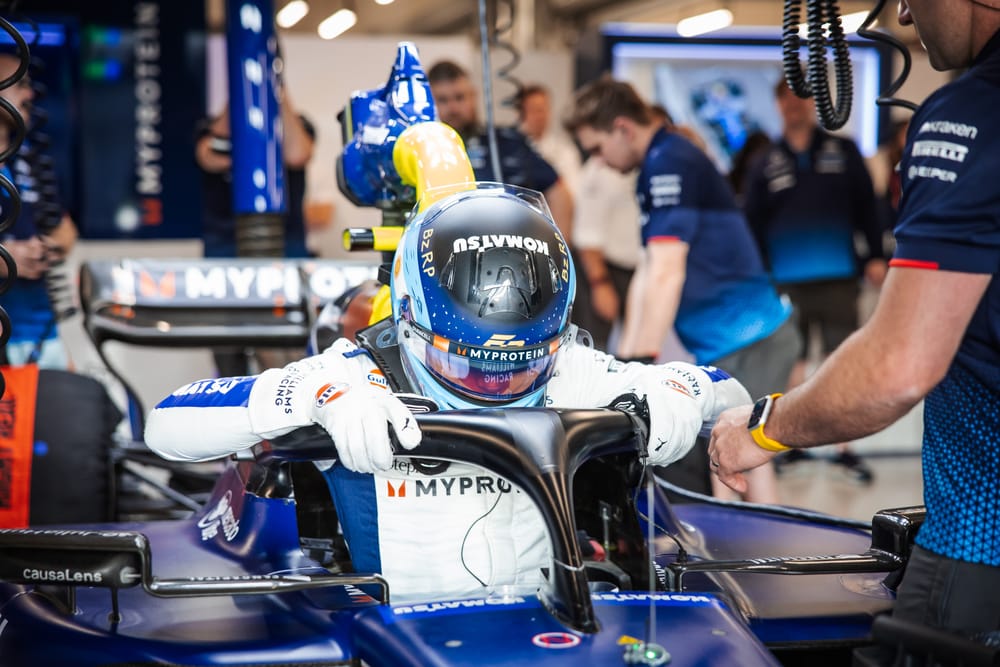At Imola this weekend, Franco Colapinto will return to the Formula 1 grid. He became the 26th driver from Argentina to take part in a world championship F1 grand prix when he made his surprise Williams debut last year, and the first since Gaston Mazzacane ended his stint with Prost at the 2001 San Marino Grand Prix.
Given that a significant chunk of those 26 drivers came in the early days of the world championship, when Argentina had a thriving domestic racing scene and one-off appearances in one's home grand prix required little more than owning a relevant car and paying the entry fee, Colapinto's exploits during his Williams stint means that before he's even driven in anger for Alpine he's already comfortably a top 10 contender.
But where does he rank exactly among the Argentinian greats, and could there be a surprise number one? Spoiler alert: no there isn't.
Before we rank the top 10, let's pay some lip service to the 16 racers who failed to make the cut.
Between 1952 and 1960 Alberto Crespo, Adolfo Schwelm Cruz, Jesus Iglesias, Roberto Bonomi and Alberto Rodriguez Larreta all made a single F1 appearance at their home grand prix. None of them did anything of real note, and it's hard to imagine their names ever appearing on The Race again.
Alfredo Pian entered the 1950 Monaco GP, but sadly sustained career-ending leg injuries in a qualifying accident, while Juan Manuel Bordeu was entered in the 1961 French GP, although the car was actually raced by Lucian Bianchi (great uncle of Jules).
The Race Members' Club on Patreon received early access to this article. If you want early access to future features, plus exclusive podcasts and videos and a host of other benefits, sign up to Patreon now. There's 75% off your first month too, for a limited time only!
Pablo Birger had a couple of cracks at his home grand prix. Jorge Daponte tried, and failed, to qualify for the Indianapolis 500 in its F1-points-counting era before making a couple of actual F1 starts (at home and at Monza), Nasif Moises Estefano made two appearances, including one for Alejandro de Tomaso, who also made two F1 starts as well as entering various cars over the years, including those run by Frank Williams in 1970.
Miguel Angel Guerra (pictured below) failed to qualify for three races at the start of the 1981 season for Osella, before finally making the grid in San Marino, getting injured on the first lap and then promptly disappeared from F1.
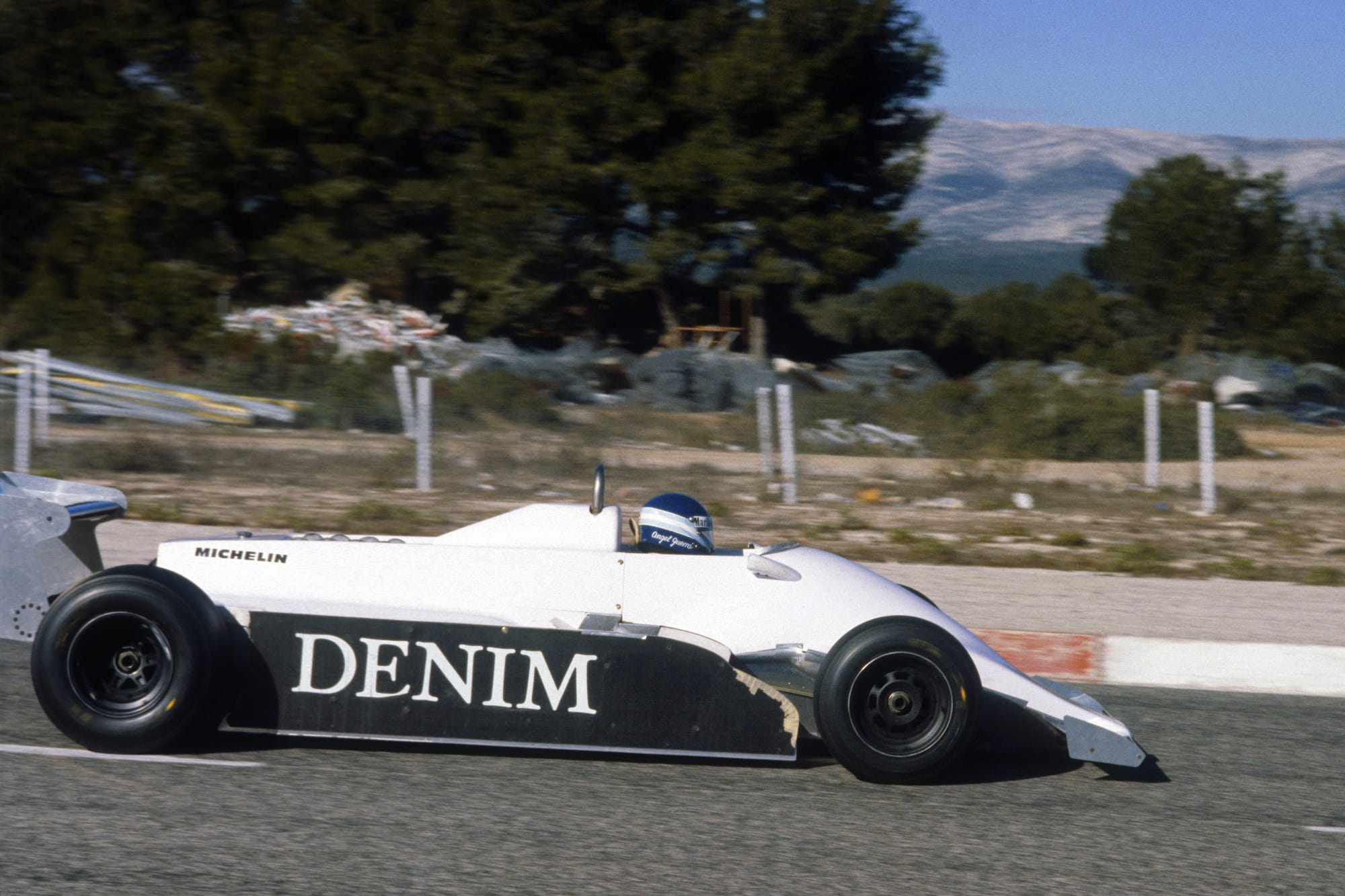
Clemar Bucci ran a handful of races in 1954-55, but more notably designed the Dogo SS-2000 prototype sportscar. It looks like a cross between the Pink Panther's car and a DeLorean. Bizarre.
...Bucci's first project was the Dogo SS-2000 of 1970, a gullwing-doored one-off using a 2-litre Peugeot engine for 160hp.
— Obscure Supercar of the Day (@ObscureSupercar) September 25, 2023
Supposedly it inspired one Horacio Pagani and the two remained good friends, hence the Special's Pagani connection.
📸 Bicimotos Argentina / Museo Bucci pic.twitter.com/IjPa6eyyuW
The story of how Ricardo Zunino ended up in F1 is remarkable. A winner in the British Aurora F1 series (don't let that fool you), he was attending the 1979 Canadian GP as a punter. When Niki Lauda stunned Brabham boss Bernie Ecclestone by immediately retiring midway through the weekend, Zunino somehow found himself called into action.
After completing the final race of the season, he began 1980 as Nelson Piquet's team-mate. But he was hopelessly out of his depth and was replaced after seven point-less outings. He briefly resurfaced for Tyrrell the following year, before enjoying success in domestic touring car racing.
Edd Straw fan favourite Esteban Tuero was just 19 when he signed for Minardi in 1998. He left abruptly at the end of the season, citing reasons that he would reveal in the future. We're still waiting…
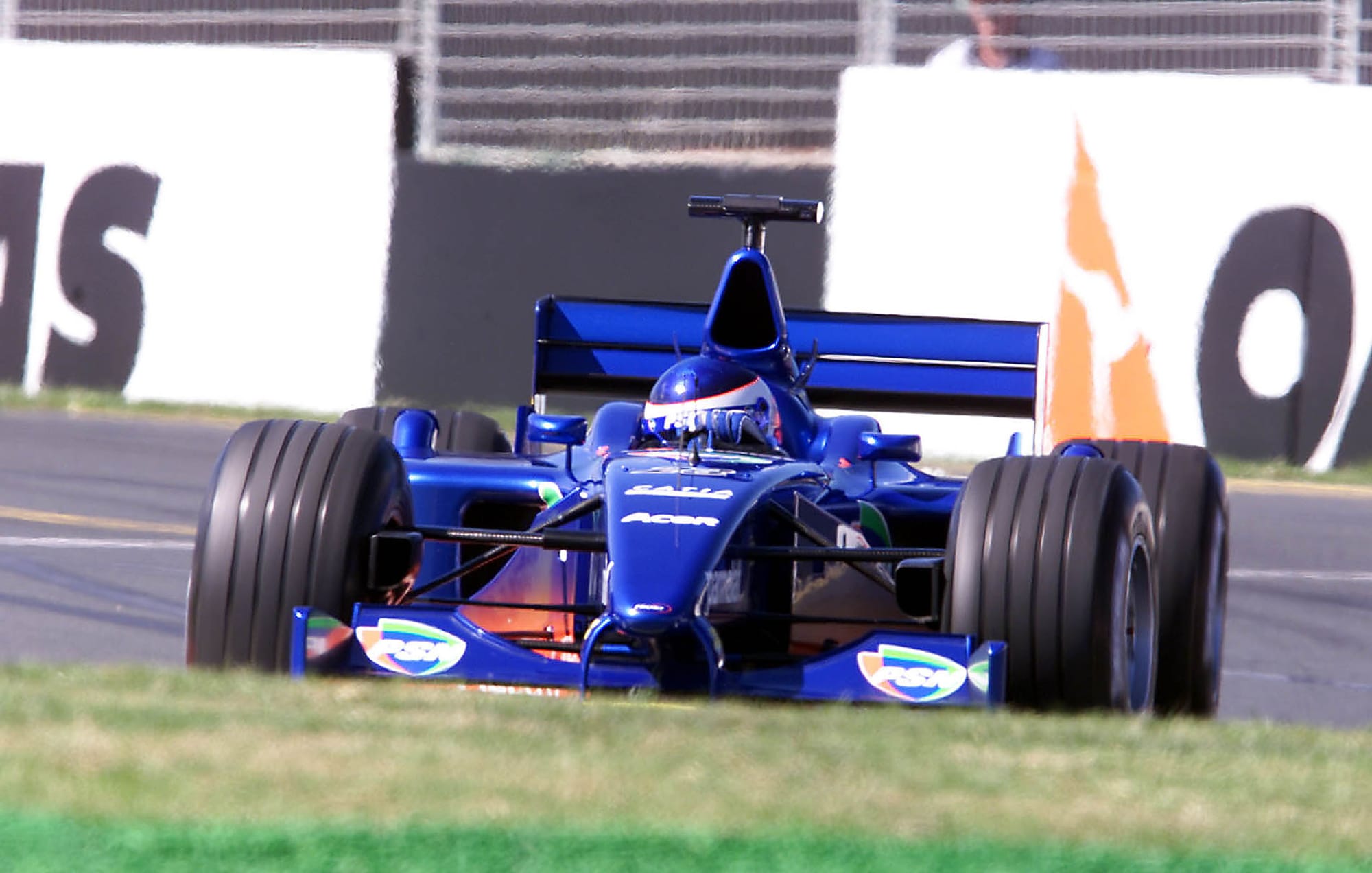
Despite Emerson Fittipaldi once touting him as 'the next Fangio', there was nothing in Gaston Mazzacane's junior record to suggest he was worthy of an F1 seat and, over his 21 outings for Minardi and Prost during 2000-01, that's pretty much how it played out.
All of which leads us to our top 10:
10 Norberto Fontana
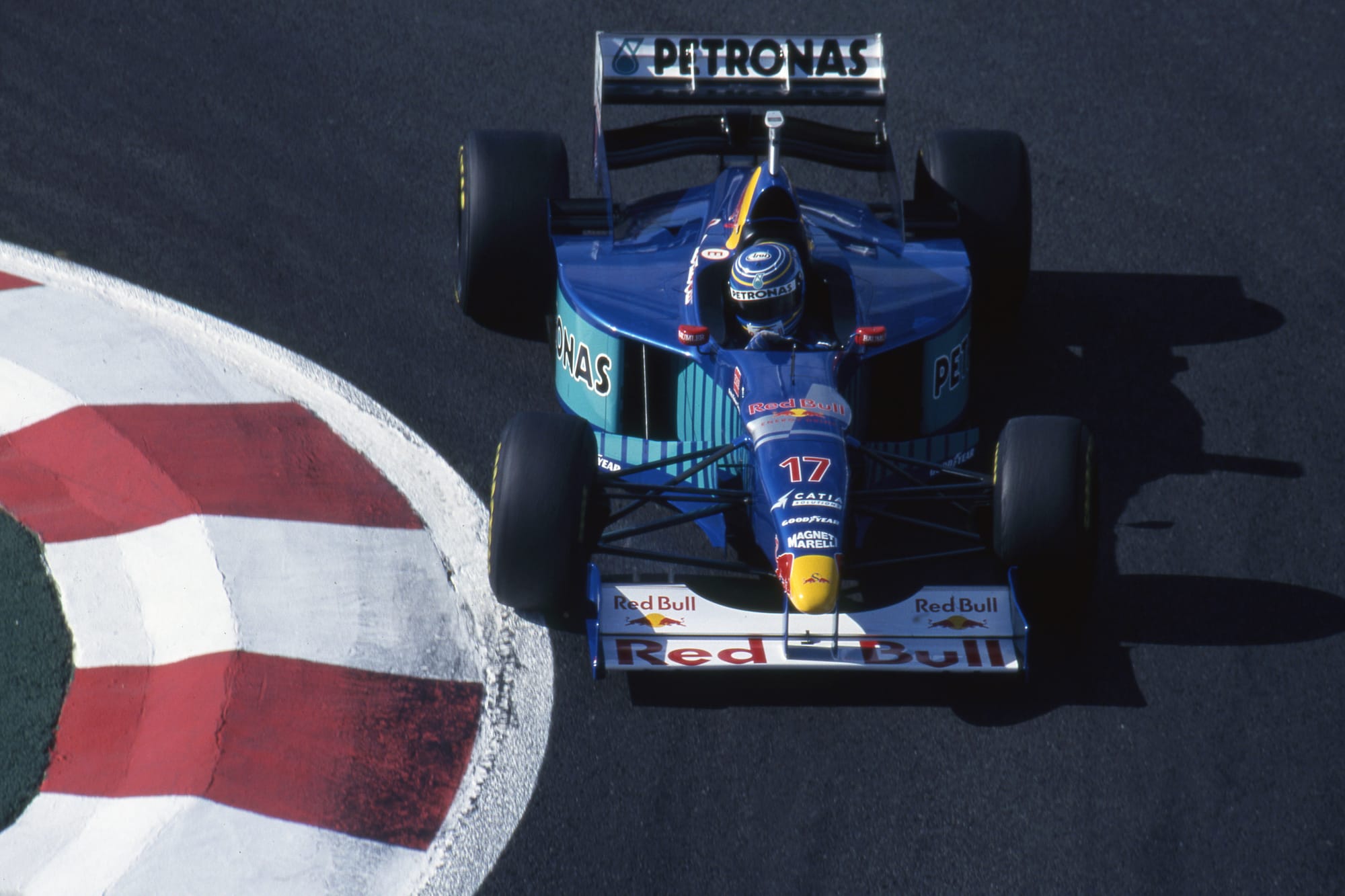
Fontana dominated the 1995 German F3 championship, taking 10 wins from 16 races, leaving the likes of Ralf Schumacher and Jarno Trulli trailing in his wake.
So when he was called up by Sauber, for whom he'd been a test driver, in 1997 to replace the injured Gianni Morbidelli, it felt like he was getting the breakthrough his talent had merited.
Relive the entire 1997 F1 season with our members podcast series
On his debut at Magny-Cours he started 20th (qualifying 1.5s and six places behind team-mate Johnny Herbert), before getting caught out by a late-race rainstorm. He was a similar amount behind next time out at Silverstone, but brought the car home ninth, a result he repeated at Hockenheim, his final outing before Morbidelli returned.
Fontana was brought back for the season finale at Jerez, where he was criticised for holding up Jacques Villeneuve in his battle with Michael Schumacher for the title, but despite being linked with Tyrrell and Minardi, he never raced in F1 again, although he did win two TC2000 titles back in Argentina.
9 Oscar Larrauri
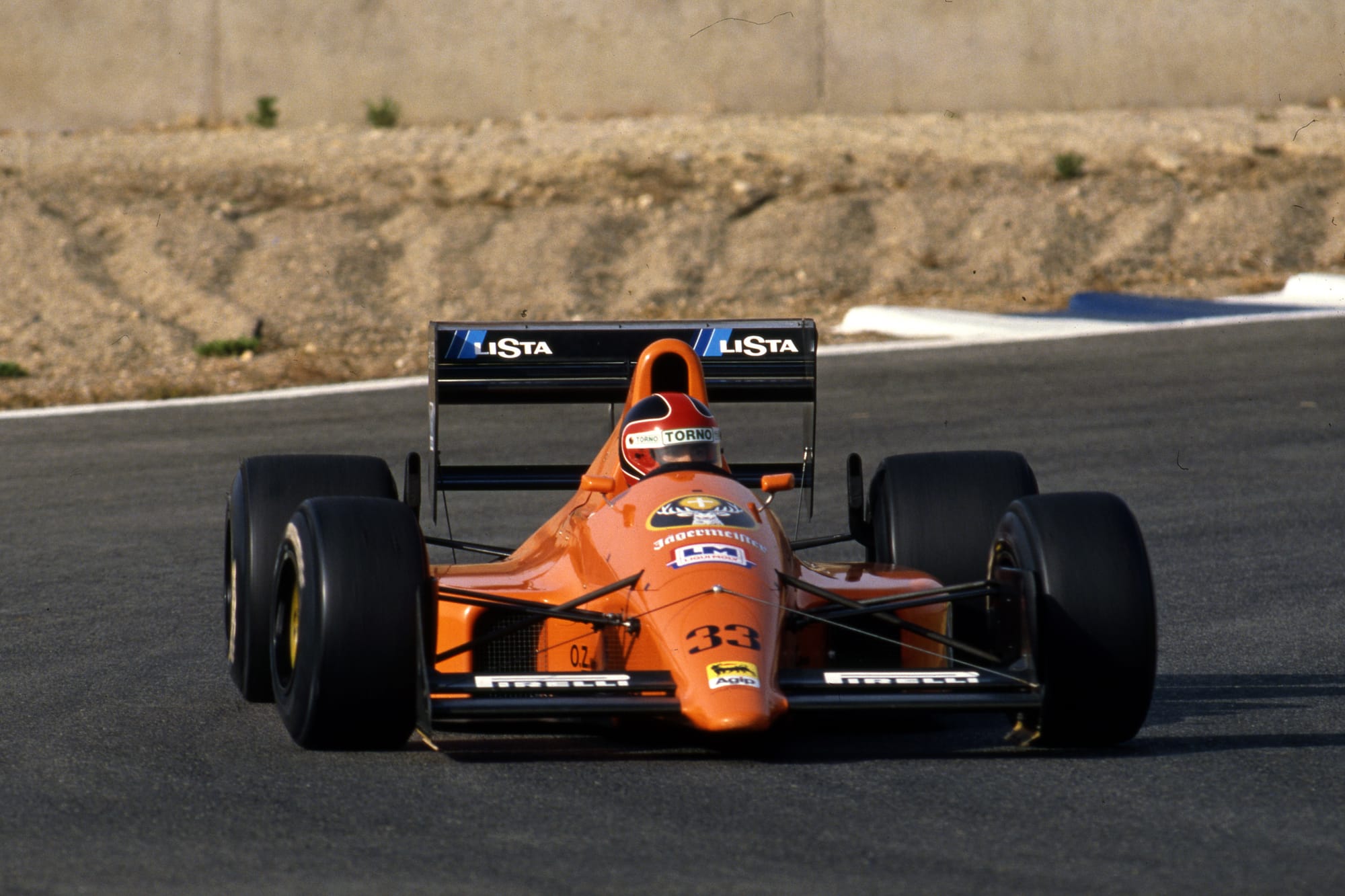
As a long-term driver (and winner) for Brun Motorsport in sportscars, despite being 34, Larrauri was an obvious choice for the team when it went F1 racing in 1988 under the EuroBrun banner.
Up against the reigning F3000 champion Stefano Modena, and in a recalcitrant car, it was never going to be an easy task. Larrauri made the qualifying cut eight times, including starting a respectable 18th in Monaco, but was usually a shade slower (and occasionally a lot more) than his young team-mate.
After returning to sportscars, he was drafted back for the final five races of 1989, but by now the EuroBrun chassis was beyond hopeless and he failed to pre-qualify each time.
8 Oscar Alfredo Galvez
A contemporary and rival of Fangio, Galvez was one of Argentina's top drivers, winning the first of his five national TC titles in 1947 and the last in 1961. He was invited to be a part of a four-car works Maserati entry for the 1953 Argentine GP, and he repaid its faith by finishing a lapped fifth.
It would be his only F1 outing but, such was his standing in Argentina, the Autodromo Municapal in Buenos Aires, which has hosted all 20 Argentine GPs, was named after him (and latterly his brother Juan too) in 1989.
7 Franco Colapinto
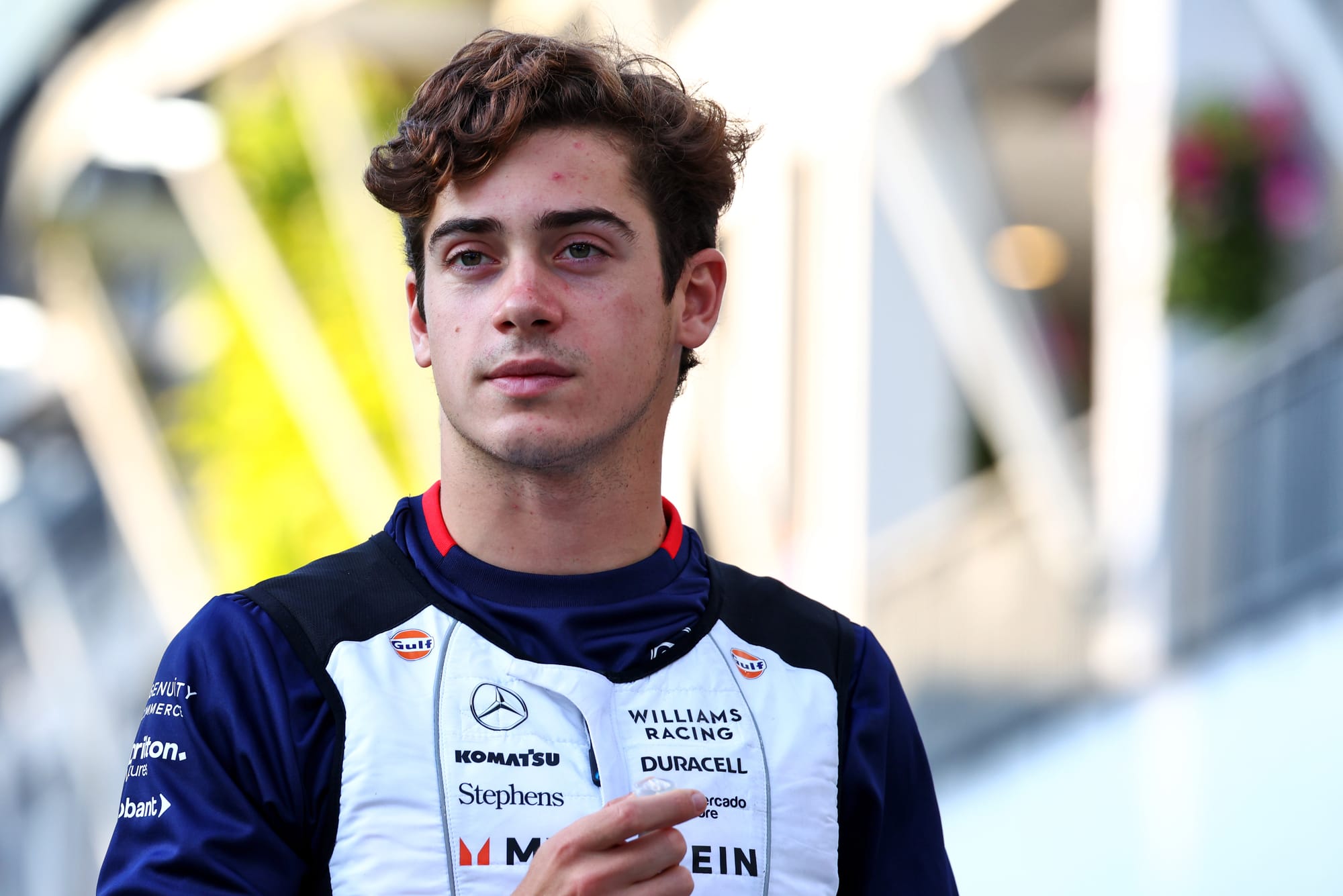
There's been plenty to suggest that Colapinto will vault up this list if he takes full advantage of the opportunity to build upon the unexpectedly strong start he made to his F1 career.
Despite minimal preparation, Colapinto surpassed all outsider expectations when replacing Logan Sargeant at Williams, giving team-mate Alex Albon a much harder time than the American ever did.
Now he's been drafted into an Alpine team that has struggled for consistency and a team-mate in Pierre Gasly who can be almost unbeatable on his day. Apparently he has five races to prove his worth - and a higher ranking on this list.
6 Carlos Menditeguy
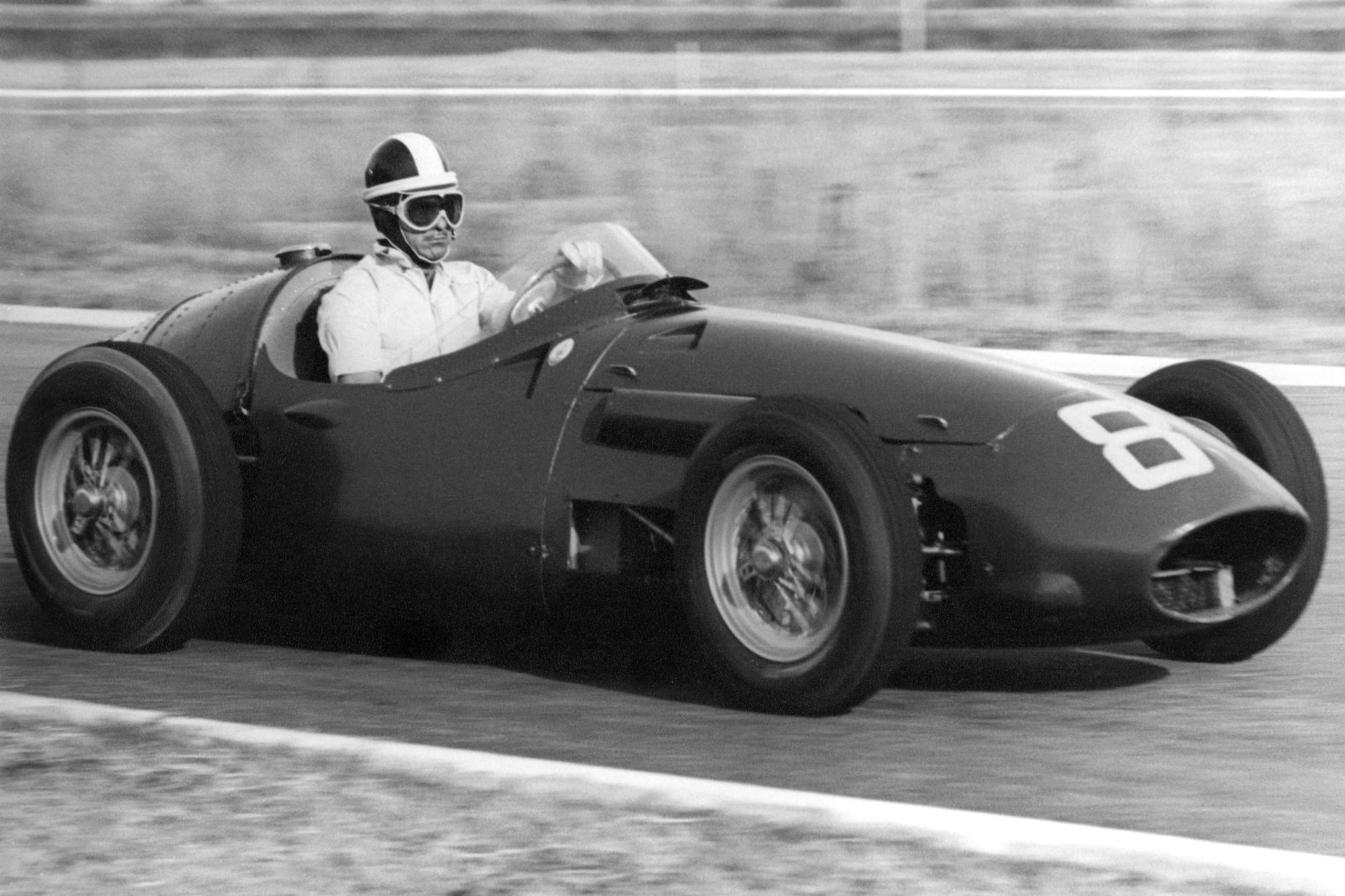
In many ways, F1 of the 1950s was a different sport to the one we watch today. The demands on drivers' time these days mean they scarcely have time to race outside of F1, let alone compete in other sports at a professional level.
In contrast, as well as racing in 11 grands prix, scoring points thrice - including a podium in the 1957 Argentine GP - Menditeguy was a professional Polo player, and a scratch golfer. Apparently, he was also an accomplished footballer, boxer, tennis player, shooter, fencer and billiard player.
He was also an inveterate gambler and playboy, obviously.
5 Roberto Mieres
Like Menditeguy, Mieres was a dab hand at pretty much whatever sport took his fancy, so much so that after he retired from car racing, he represented Argentina in sailing at the 1960 Olympics.
He bagged five points finishes from his 17 world championship starts, and was a competitive presence in numerous non-championship races too.
We shall never see the likes of him and Menditeguy again.
4 Onofre Marimon
The story of Fangio's protege is a tragic one. Having followed up victory in the non-championship race in Rome with a podium at Silverstone, Marimon was killed in qualifying for the 1954 German GP when suspected brake failure caused him to crash at high speed through one of the fastest parts of the Nurburgring.
Sadly, this made him the first driver to be killed during a world championship F1 event (outside of Indianapolis), and robbed Argentina of its finest prospect for the next generation.
3 Jose Froilan Gonzalez
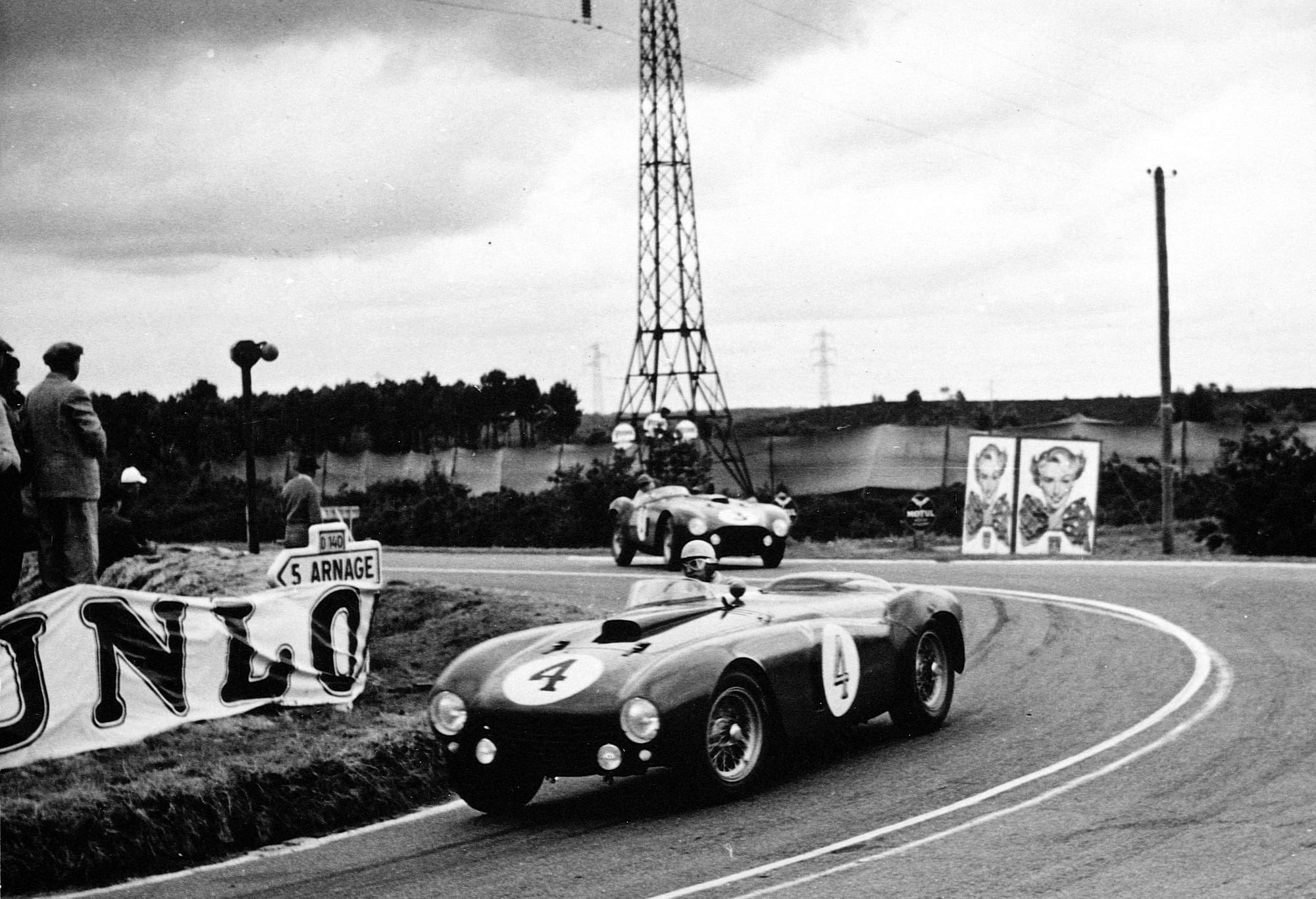
'The Pampus Bull' is guaranteed a place in F1 history by virtue of being the driver who claimed Ferrari's first ever world championship grand prix win. Gonzalez's considerable frame, and elbows out style, belied the fact that he was a consummate racing driver who held his own among the first era of greats.
He added to his famous 1951 British GP win with another Silverstone triumph three years later. He was a prolific winner on the non-championship racing scene, and took outright victory at Le Mans in 1954 (pictured above).
2 Carlos Reutemann
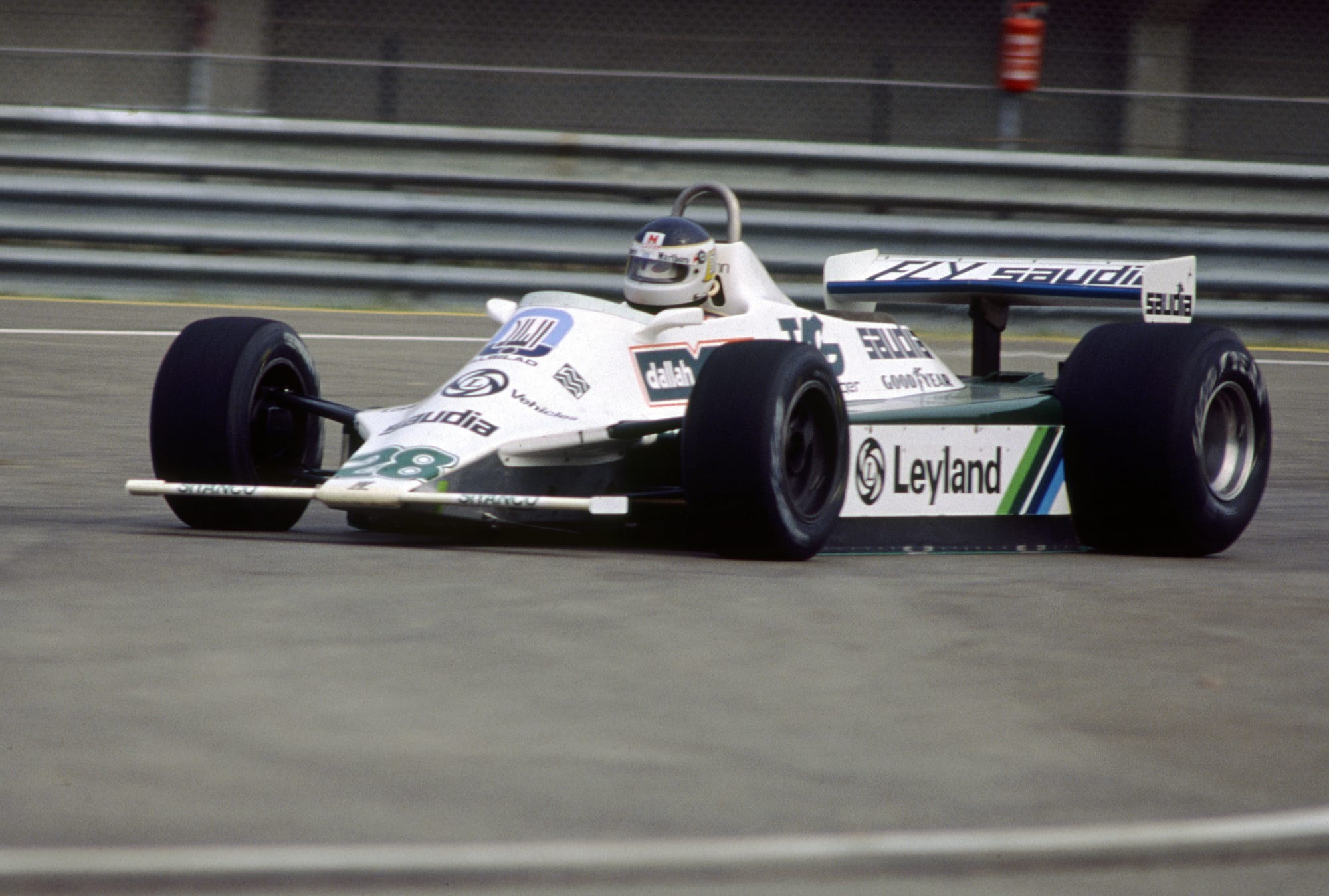
A leading light of the shaggy-haired, side-burned, devil-may-care F1 of the 1970s, Reutemann is high on the list of the greatest drivers never to win the world championship.
His time could/should have come in 1981, when had the South African GP (which he won) actually counted for the championship, or he hadn't disappeared during the season finale at Vegas, the title would have been his.
He made a stunning start to his F1 career, taking pole on his debut with Brabham, but often found himself in the right place at the wrong time. He was drafted into Ferrari when the Scuderia assumed the badly injured Lauda would never recover and, having felt unloved there, he jumped ship to reigning champion team Lotus just as it was heading into decline (his replacement at Ferrari, Jody Scheckter, won the 1979 title).
His stint at Williams could have yielded that elusive title, but ended messily with tensions mounting between the UK and Argentina over the Falklands.
Post-F1, he entered politics as well as taking a couple of top-three finishes on Rally Argentina in fearsome Group B equipment.
1 Juan Manuel Fangio
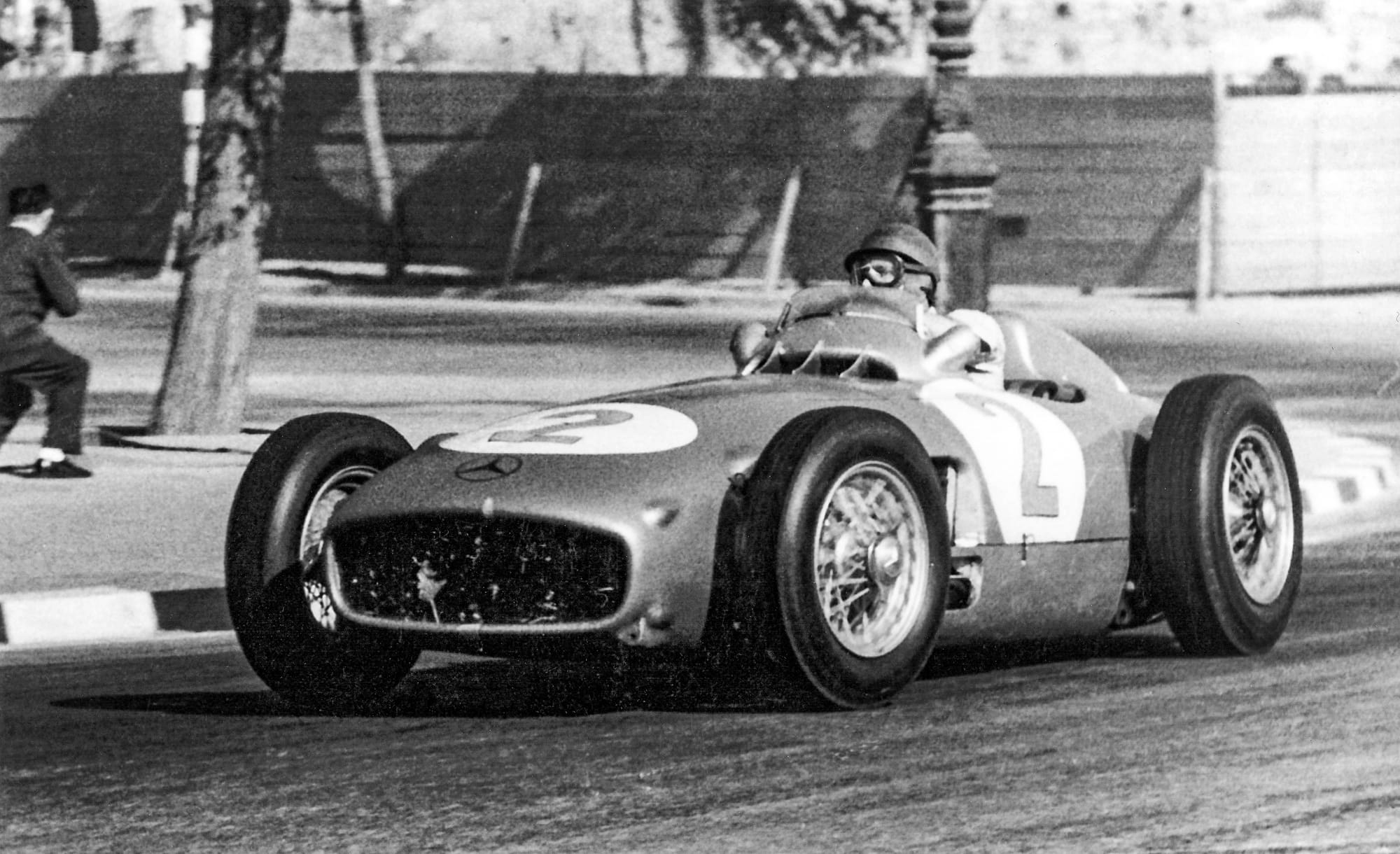
The original GOAT, if that's not too tautologous, Fangio was the dominant force in the first era of F1 heroes. His record set the standard by which all drivers were judged until Michael Schumacher surpassed them half a century later.
Unlike Reutemann, he had a brilliant knack for being in the right place at the right time, and that single-minded determination put him at odds with Enzo Ferrari, for whom he raced (and won) for just a single season, but ensured he had a phenomenal record of 24 wins from 51 races. That's a win rate of 47%!
Fast, smooth, professional, Fangio really had it all, and if Sir Stirling Moss thought he was the greatest of all time, that's more than good enough for us.



